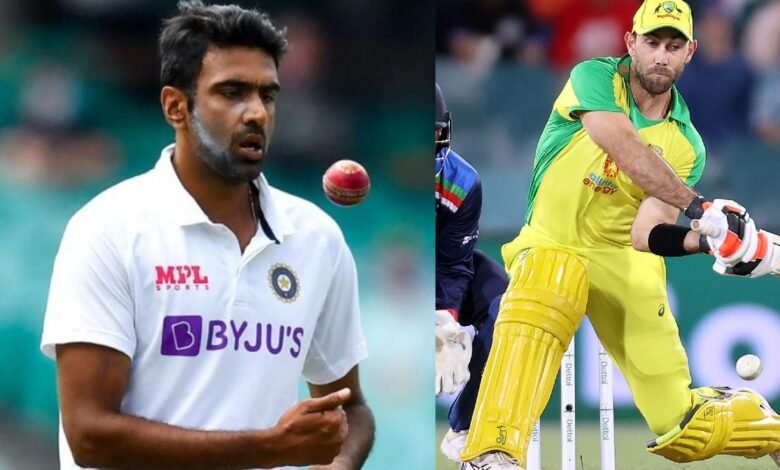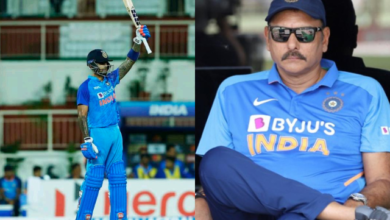
The Indian off-spinner Ravichandran Ashwin reckons that there needs to be a slight tweak in the LBW rule of cricket and the pitching outside leg stump condition, which immediately rules the LBW out of the equation, shouldn’t apply in situations where a batsman is playing the reverse sweep or switch hit.
According to Ravichandran Ashwin, who often talks about various cricketing issues on his YouTube channel, the reason why a batsman is not given out LBW when a ball pitched outside the leg stump is because the line outside the leg stump is considered the “blind spot” for the batsman.
But, while playing a reverse sweep or a switch hit, a batsman turns around, and hence, he can clearly sight the ball which is pitching outside the line of the leg stump. It doesn’t remain the blind spot for the batsman anymore while he is playing reverse.
In that case, if the impact on the pads is in line with the stumps and the ball is projected to be hitting the stumps, the batsman should be given out, even if the ball has pitched outside the leg stump of the batsman in his original stance.
Before Ravichandran Ashwin, many experts have raised questions over the legality of switch hit
What Ashwin is saying has been a matter of much debate in the past as well, not just the fact that the leg stump of the batsman changes when he turns around, but also the whole legality of the switch hit itself.
Many cricket pundits are of the view that a bowler gives prior information to the batsman about which arm he is bowling with and which side of the stumps he is bowling from.
The opposition captain also sets his field according to the skillset of the bowler and the original stance of the batsman, but all of a sudden, the batsman changes his stance. How fair is that and how can it then be determined where is the leg stump of the batsman?



